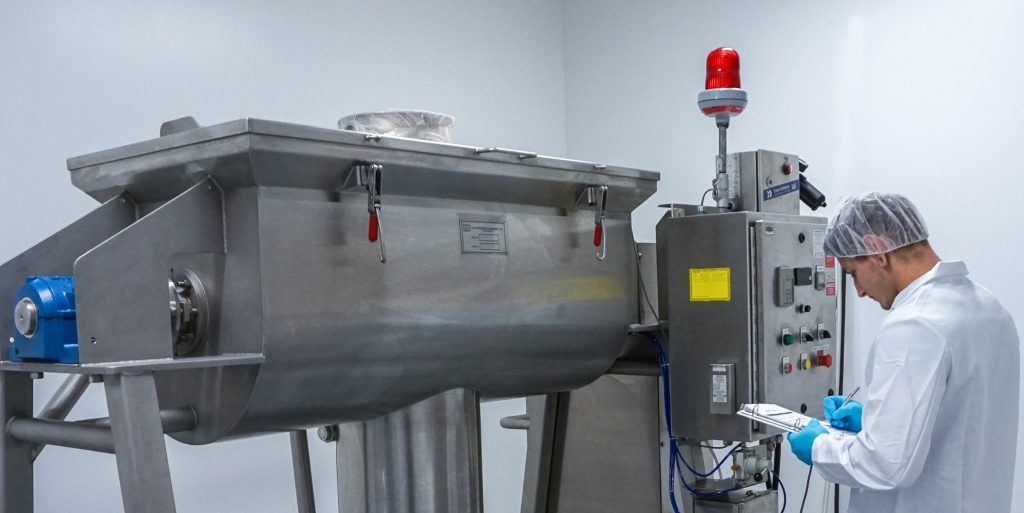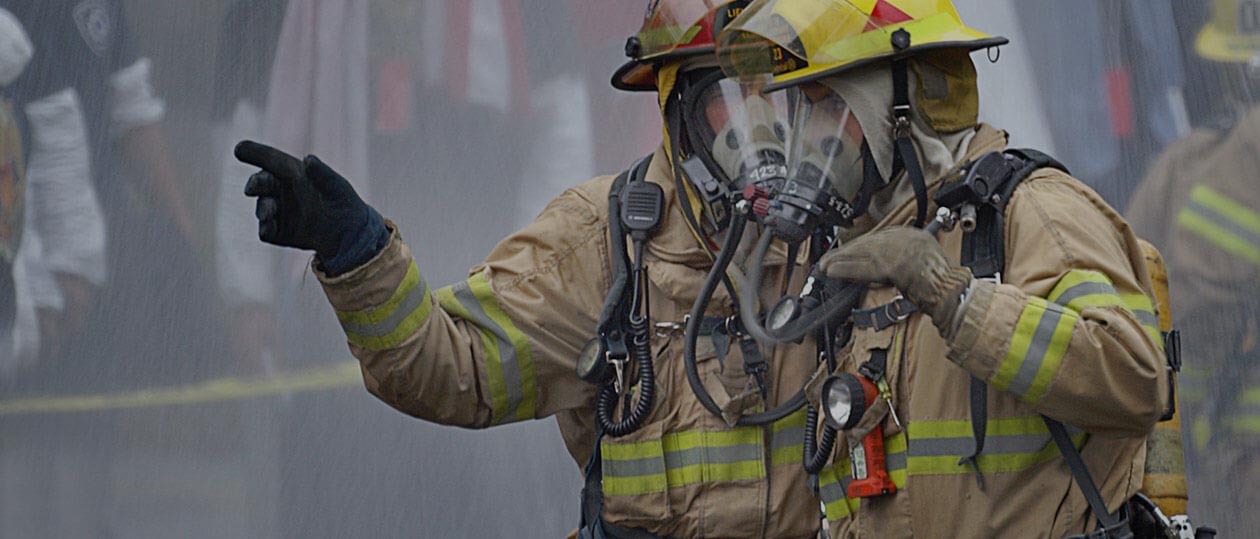Search
Electrostatic Spark Causes Explosion

July 2019
In this issue we dig into our own case files for an explosion/ flash fire caused by STATIC ELECTRICITY. As they say, all names, places and facilities have been changed to protect the innocent…. but the story contains the essentials of a real incident and is relayed here to help us all learn from past mistakes. Look out for the EARLY WARNING SIGNS!
On a bright, sunny winter’s morning somewhere not too far away, an operator in a pharmaceutical secondary processing facility was discharging a stainless-steel blender into a stainless-steel drum below; something he and his colleagues had done many times for some years. The operators noticed yet again that with this particular batch, as with some others before, they were getting small electric shocks from the lip of the stainless-steel drum. Nothing unusual here, then. In any case, they had a solution to this discomfort that worked. Thick rubber gloves usually did the trick when it came to grabbing the drum to move it. Or else contact with the drum to an arm through clothing before using hands worked sometimes too.
On that very cold, bright and sunny day, there was a flash from the drum – and an expanding flame. The operators fled their station, to raise the alarm. A fire developed which was extinguished by fire crew before the room was fully destroyed.
Our incident investigation team was called in and quickly got to work, reviewing plant and the process, testing similar equipment, performing some onsite electrostatic measurements, and interviewing operators. It became apparent that the stainless-steel drums were mounted on nylon wheels, and the floor in the production area was finished with epoxy – a very practical and easy-to-clean finish. Unfortunately, both the drum’s nylon wheels and the floor surface introduced a very high electrical resistance between the drum and electrical ground.
We moved on to the powder. We measured the electrical volume resistivity of the power which was found to be well in excess of 109 ohm.meter. We also measured the minimum ignition energy of the powder using our dust explosion laboratories and found powder MIE to be less than 3mJ. We also performed a powder charging experiment using our tribochargeability rig and discovered high levels of charge generation when the powder contentiously made and then broke contact (colliding/rubbing) against stainless-steel.
Thinking of the basics of static electricity, we had a charge generation mechanism: the tumbling blender produced many opportunities for powder to charge by contact and separation with the blender walls. The electrostatic charges could accumulate with the powder as it bulked into the drum below (no earth path) and the opportunity to ‘spark’ was present as operators tended/approached the filling drum. As was mentioned earlier the powder minimum ignition energy was measured and found to be very low, making it easy to be ignited by a static spark from the drum. With hindsight, we had ‘the perfect storm’ brewing! We even had EARLY WARNING SIGNS (operator experience sparks) to point to the danger.
No one was injured in this incident. Of course, they could have been. The production facility was damaged and out of action for a few months, but it could have been much worse.
Our investigation and diagnosis allowed us to work with our client to come up with practical solutions to manage the risk. Static control measures include grounding provision – but there are better solutions than providing a grounding cable and clamp – and hoping someone remembers to use it. They also included better dust control. Sometimes there are means by which static charge generation can be reduced but these are not always practical. Training for operators on the dangers and control of static electricity is also important. Had operators been trained to realise and understand the early warning signs, they could have reported them and control measures could have been taken. For information on in-house training courses by Stonehouse Process Safety, please visit our training and competency pages on our website.
So, what about the cold bright sunny day. Well, in winter, cold, dry days are often associated with low atmospheric humidity – conditions in which electrostatic phenomena tend to come onto their own. But I hear you say ‘our facility is humidity controlled – it has to be to keep moisture absorption to our product under control’. But that de-humification can equally well encourage static electricity.
For more information on static electricity and its practical control or for a complementary discussion with one of our electrostatic specialists, please visit the static pages of website or give us a call on 609-455-0001.

Get in touch
To learn more about our expertise and services in dust explosion prevention & mitigation, call us at +1 609 455 0001 or email us at [email protected] today.
We also offer tailored virtual and in-company process safety training programs on Dust Explosions, Static Electricity and HAC (Hazardous Area Classification) and more. Find further information here.











